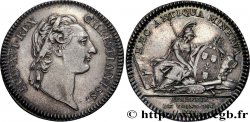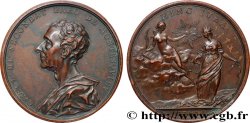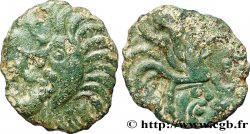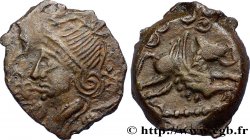Лицевая сторона
Аверс: легенда: .ACADEMIE DE PHILATELIE. - 16 JANVIER 1929.
Аверс: описание: Tête de femme à gauche coiffée de feuilles et de fruits. Signé : O. SINCLA.
Обратная сторона
Реверс: легенда: L. ANTONINI.
Реверс: Описание: Inscription en 1 ligne dans une couronne de chêne et de laurier.
Комментарий
Историческая справка
ACADEMIES AND LEARNED SOCIETIES
In the 17th and 18th centuries, the academies and learned societies contributed to the influence of science, arts and literature throughout France and abroad.. They allow the dissemination of knowledge, then the ideas of the Enlightenment, and include in their ranks the most influential personalities in their field, responsible, among other things, for training future creators and scholars.. In the provinces, they constitute the essential elements of social and cultural life.. They bring together "great" and "beautiful" minds (men of letters, artists and scientists), and are endowed with official institutions (legal and material structures) which ensure their permanence, stability and legitimacy.. They are established by letters patent of the King, and most often placed under the protection of the latter.. Let us cite as an example the Academy of Sciences, Belles-Lettres and Arts of Rouen, created in June 1744 by letters patent of Louis XV. Previously, there were already meetings of botanic friends who formed an unofficial academy. Two men actively worked for the official recognition of this academy: Fontenelle, godfather of the Academy and Le Cornier de Cideville, classmate and friend of Voltaire.. Many members of this Academy are famous: Chardin, Pigalle, Parmentier, Necker, Victor Hugo or Abbé Cochet.. Reading tips: BARRIERE P. , "The Academy of Bordeaux, center of international culture in the 18th century (1712-1792)", Bordeaux, 1951; COUSIN J. , "The Academy of Sciences, Literature and Arts of Besançon" (1752-1952), Besançon, 1954; TAILLEFER M. , "An Academy Interprets Enlightenment. The Academy of Sciences, inscriptions and belles-lettres of Toulouse in the 18th century", Paris, 1984.










 Cообщить об ошибке
Cообщить об ошибке Распечатать страницу
Распечатать страницу Отправить мой выбор
Отправить мой выбор Задать вопрос
Задать вопрос Consign / sell
Consign / sell
 Информация
Информация















